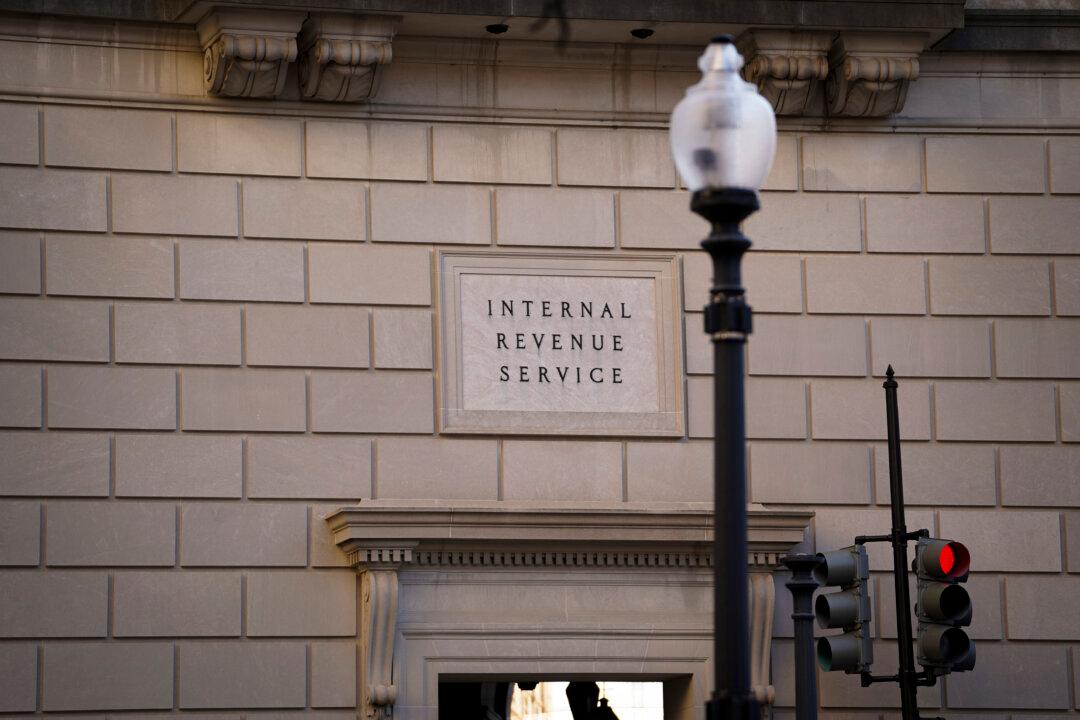As Social Security benefits increased last year, some of the beneficiaries could end up with a higher tax bill for the 2024 tax season.
In 2023, Social Security benefits were raised by 8.7 percent to compensate for the increase in cost of living, with the average retired worker receiving $1,827 a month instead of $1,681, which they got in 2022. Senior citizens who have never paid taxes on their Social Security benefits may now be required to pay taxes as the higher Social Security benefits push them into the taxable category.





